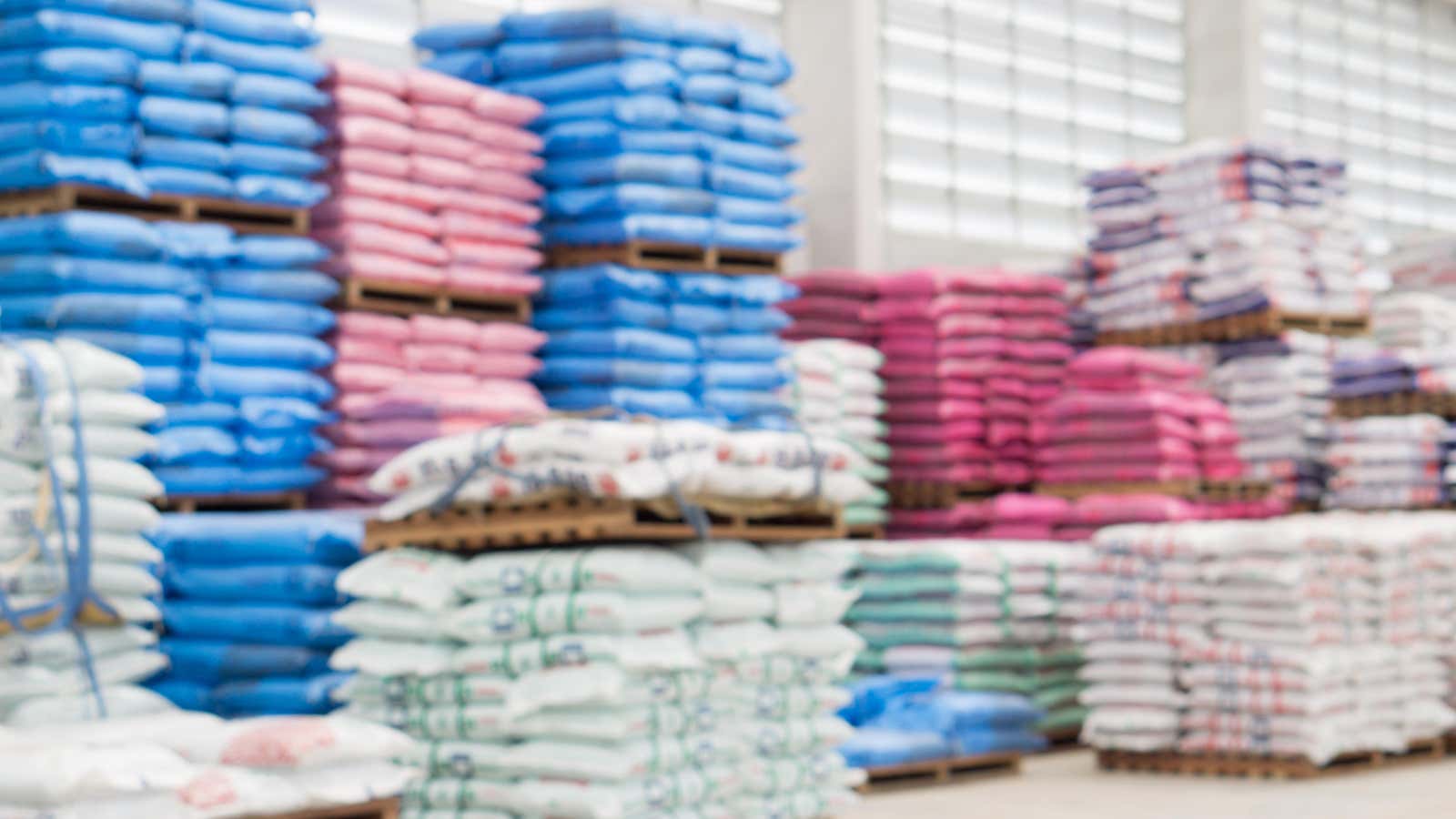How to Read Fertilizer Numbers and Choose What Works Best for Your Garden

If, like many others, you first got into gardening during a pandemic, you probably already guessed that it takes more than just planting a few seeds or baby plants and letting nature do wonders. Of course, you may know that using fertilizers can help your plants grow, for example, but you may not know (or have not heard) the designated numbers assigned to different types of fertilizers.
Well, as it turns out, the three numbers you see on the front of the fertilizer packs actually mean something. In a recent article for BobVila.com, Mark Wolfe gives us the key to this fertilizer code.
Where are these fertilizer numbers and what do they mean?
Fertilizer non-secret codes can be found on the front of the package, they consist of three numbers separated by hyphens (for example, 3-2-1). These are the NPK numbers of the fertilizer, which Wolfe says are equivalent to nutritional information labels found on foods, except that they indicate the nutritional value of a particular plant fertilizer.
There are 16 known essential plant nutrients, according to Wolfe, of which the three most important – nitrogen (N), phosphorus (P) and potassium (K) – are why they are prominently displayed on the front of fertilizer packages:
The three NPK numbers on the fertilizer label represent the percentage of each element by weight inside the package. In other words, a package of 24-0-6 fertilizers contains 24 percent nitrogen, 0 percent phosphorus, and 6 percent potassium. The rest of the package contains other nutrients (which will be listed somewhere on the label) and / or inert ingredients.
Once you know the percentage of each element in the fertilizer bag, you can determine the weight of each element inside. This calculation is useful if you have tested the soil and it was recommended that you add a certain amount of a certain element to it.
What does each fertilizer do for the plants?
Depending on the combination and concentration of each of the three elements, some fertilizers are better suited for certain plants and soil conditions than others. That’s why Wolfe says it’s helpful to understand the role that each element plays in plant growth and how to choose a fertilizer with the right balance of nutrients for your horticultural needs.
Here is a summary of the qualities of each element, courtesy of Wolfe :
Nitrogen (N)
- Nourishes the growth of leafy plants
- Used to grow lawns and keep them green.
- Trees and shrubs don’t need that much nitrogen because they only grow one set of leaves per season.
Phosphorus (P)
- Stimulates the development of roots, flowers and fruits, especially in annual beds, fruiting plants (eg tomatoes) and newly planted seedlings.
- But if your soil already contains a decent amount of phosphorus, adding more can harm your plants.
Potassium (K)
- Provides strong stems, well-formed flowers, strong fruit and healthy roots.
- Helps Plants Use Water and Resist Drought
Read the rest of Wolfe’s article to learn more about fertilizers and how to choose fertilizers with the right nutrient mix for your garden.